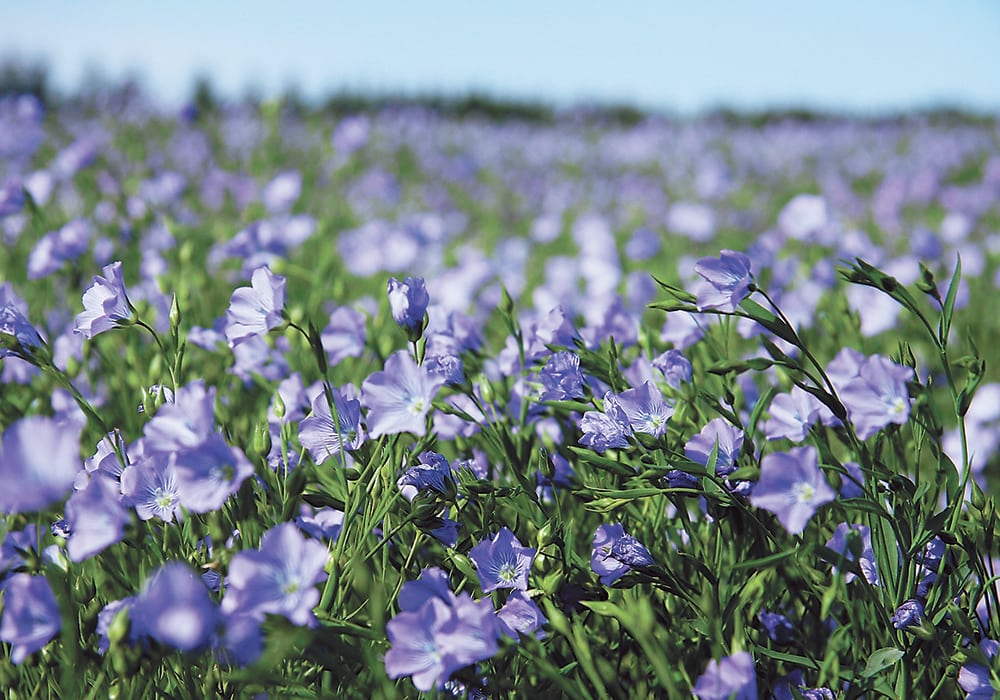Kazakhstan will be an active player in the flax market once again this year and that could keep a lid on Canadian prices, say grain analysts.
APK Inform is forecasting that the country will export 470,000 tonnes of the oilseed in 2022-23, which would be a three percent increase over last year.
To put that in perspective, Agriculture Canada is forecasting 375,000 tonnes of Canadian exports this year.
Read Also

Research looks to control flea beetles with RNAi
A Vancouver agri-tech company wants to give canola growers another weapon in the never-ending battle against flea beetles.
The Statistics Committee at the Ministry of National Economy of the Republic of Kazakhstan reports that the country has 751,200 tonnes of flax stocks as of October 1, 2022, so there is plenty of supply to support that lofty level of exports.
“It’s certainly going to make it very competitive again into some of our main export markets,” said Evan Johnson, sales manager with TA Foods Ltd., in Yorkton, Sask.
However, he noted that Canada’s crop quality is looking great this year and there are plenty of customers in the food market that want that top-quality Canadian product.
“Last year, we basically had to take whatever we could get in order to supply some contracts,” he said.
“This year, we’re going to be a lot more consistent with our outgoing product. We’re going to be able to be a bit picky on the samples that we actually accept.”
Many growers contracted 10 to 15 bushels an acre but produced double that amount.
“We’ll be buying as much as we can,” said Johnson.
Rayglen Commodities Inc. said Canada’s flax market has been “content to ride along sideways” of late, with bids in the $22 per bushel range picked up on farm.
Canadian supplies are estimated at a comfortable 560,000 tonnes, according to Agriculture Canada.
“This brings us to the big question: will we export to places like China and Europe who are both major export destinations for our flax, or will those markets continue to be filled with cheaper product from the Black Sea region, which unfortunately is likely to be the case,” the firm said in its recent Rayglen Market Comments report.
Kazakhstan is taking a larger share of key export markets with its big crops.
APK Inform notes that 59 percent of the country’s exports were shipped to the EU in 2021-22, up from 56 percent the previous year.
China is another big buyer. Oil World reports that it purchased 98,100 tonnes of Kazakh flax in the first eight months of 2022. That is slightly more than double the amount it bought for the same period one year ago.
Rayglen said the United States will likely be the primary destination for Canadian flax in 2022-23, which means prices are unlikely to appreciate.
“The system does not look like it will be very active, and prices are likely to slide sideways and maybe slip some depending on how anxious we are as sellers,” said Rayglen.
Johnson agrees with that market outlook. He thinks prices have plateaued in that $22 to $24 per bu. range.
He empathizes with growers who want a return to $45 bu., but that was unsustainable. Customers couldn’t continue to pay those values.
Today’s prices are at a more reasonable range, where farmers and processors can continue to make good money. And there are other benefits.
“It gives us stability in offering out year-long contracts from October to October of 2023,” said Johnson.
Contact sean.pratt@producer.com


















